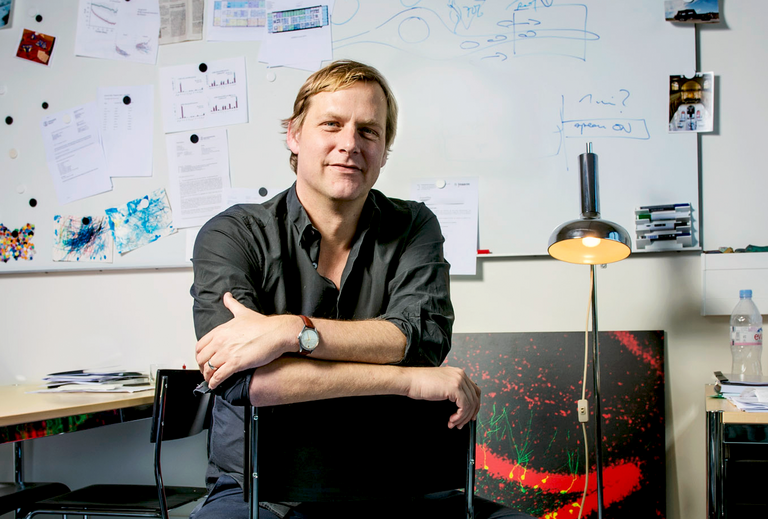Where Do We Fit in the Infinity of the Cosmos? A question that has fascinated humanity since time immemorial. A team of astrophysicists led by UZH Professor Ben Moore aims to explore previously uncharted regions of our universe with a new telescope — and in doing so, uncover more about the origins of humanity.
Astrophysics pursues the grand goal of understanding our origins and place in the cosmos. Through telescope observations of stars and planets, combined with theoretical modeling, researchers seek to unravel these mysteries. They aim to discover what lies beyond our Earth and planetary system. Since its beginnings as a science over four centuries ago, astrophysics has inspired generations of students, scientists, and the general public alike. Professor Ben Moore from the University of Zurich (UZH) and his research team have already achieved significant milestones in this field. Using numerical simulations on specially designed supercomputers, Moore demonstrated that planetary systems like Earth and the Moon are by no means rare — making the existence of life somewhere in the vast universe a real possibility.
A Better Understanding of the Universe
To provide researchers, young scientists, and UZH students with a powerful telescope—and to engage astronomy enthusiasts from the wider public—Ben Moore and his team plan to build a new astronomical observatory in Davos. Until now, the lack of suitable infrastructure for research and teaching has been a challenge: students had to transport heavy telescopes to external locations for observations and then disassemble them again. A permanently installed telescope will eliminate this complex logistics. Equipped with a spectrograph, students will be able to carry out numerous research projects—from measuring the expansion and size of the universe, to analyzing the composition of stars, imaging galaxies, and discovering new exoplanets.
With funding support from private donors and institutions, the new telescope could become one of the most powerful of its kind in Switzerland. It will enable incredibly sharp, high-resolution images of the universe. Ben Moore is excited about the prospect of bringing this instrument into operation soon and sharing the fascination of cosmology with the broader public: “To understand the origin of humanity and determine our place in the cosmos, we need a sharp eye on the sky. Our modern telescope will reveal surprising new elements that will open entirely new perspectives on the universe.”
Ideal Location in Davos
At 1,500 meters above sea level and with an average of 180 observation nights per year—about 90 of which have perfectly clear skies—Davos offers excellent conditions for astronomical observations. In comparison, the canton of Zurich, especially during winter and spring, experiences frequent fog, resulting in very few clear nights. Light pollution in Davos is also significantly lower than in urban areas, further enhancing visibility of the starry sky. Another advantage of the location is the possibility to construct a building to house the dome with the permanently installed telescope. This building will also include a lounge where students can warm up and enjoy a hot drink during cold weather. Additionally, sanitary facilities and a storage room for equipment are planned.




![[Translate to English:] (c) Jason Goodman, unsplash](/fileadmin/_processed_/8/d/csm_Kollaboration_Kooperation_Mercator_jason-goodman-Oalh2MojUuk-unsplash_0c77a36338.jpg)